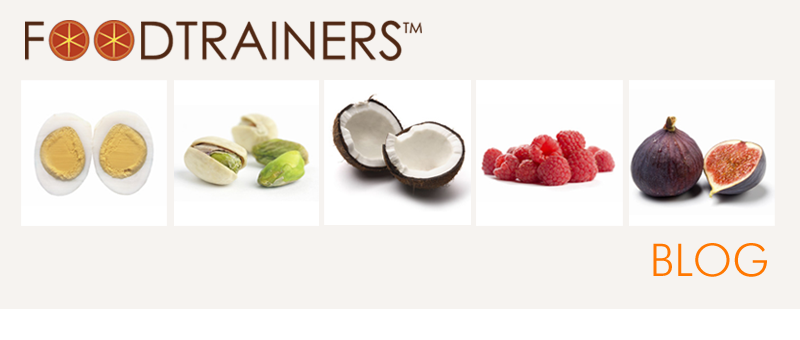I don’t really respect that many people. In terms
of nutrition, I could rattle of a dozen RDs whose work I applaud but I am picky. love
nothing more than people who are smarter than I am, know more and when they pair that with passion? They’ve got me. Enter Stefanie Sacks culinary
nutritionist, radio show host (she hosted me with Little Book of Thin) and now author. I asked Stefanie a few questions and we’re giving
away 2 copies of her fantastic, new book Whatthe Fork Are You Eating?IF you think you know a lot about food, I promise you this book will tell you more.
How did this book come about? Who would you say it’s
for?
What The Fork embodies roughly 30 years of my
learning: first as a kid trying to get well, then as a culinary student,
nutrition student and ultimately a culinary nutrition professional and
impassioned food warrior. What The Fork is meant for the food and nutrition
neophytes as well as the mavens. There is something in it for everyone
(hopefully). Even I have so much more to learn!!!
I love your “top-rated” terminators and you do a
great job explaining the history and peril with many ingredients currently
used. It’s not just “don’t eat this” but you provide the reason why. What would
be the ingredients you feel people should cut out above all others?
Food dyes are likely my number one ingredient to
eliminate. There is extensive research linking them to carcinogenicity,
neurotoxicity and genotoxicity (see Rainbow of Risks report by Center for
Science in the Public Interest). Red Dye #40 in particular has been directly
linked to hyperactivity in already hyperactive children. U.S. consumption of
food dye has increased five-fold since 1955 and today children and adults
consume products with not just one dye in them, but multiple dyes. And it is
important to note that when studies were conducted years ago, they only
addressed single use dyes (meaning one dye at a time) and their effects were
not studied on children. Food can effectively be colored with healthier
alternatives like turmeric or beet powder so I highly suggest opting out of the
petroleum-based artificial colors.
The whole Europe/US contrast in ingredient safety
drives me nuts. Why are so many more ingredients banned in Europe? How can
companies justify dye free or superior products produced there versus here?
I am honestly blown away by this reality. The
European Food Safety Authority was established in 2002 in response to a series
of food crises in the late 1990’s. Their job? To assess risk relating to food
and feed safety. They enlist a “precautionary principle” which essentially
means that when there is substantial and credible evidence pointing to dangers
to human or environmental health then protective action should be taken even
though there may still be some measure of scientific uncertainty. Bottom
line, the EU (European Union and its keystone European Food Safety Authority)
care more about human and environmental health than the U.S. Government who, in
my opinion, are playing roulette with true food safety (and health) daily
because of their insidious relationship with Big Food and Big Ag. Food
companies in the US use inferior ingredients because they can and because their
bottom line is ultimately their priority.
Your pantry section is great. If someone is
getting their food shopping act together what are the top 5 ingredient swaps
that you would suggest?"
- If cereal is a must, go for the truly whole grain
sort in rolled or steel cut oats (made with water and topped with a little
maple syrup or honey, fresh fruit and nuts), even muesli (no sugar added
version)
- Opt out of the corn, soy and canola oils (likely
genetically modified) and opt into extra virgin olive oil (even grape seed oil)
and coconut oil
- Dabble in sugar with honey, maple syrup or even
raw cane sugar versus any of the artificials
- Instead of using too much salt to season food,
become a mixologist with fresh or dried herbs and spices. Also have San-J low
sodium tamari on hand (less sodium per serving than salt) to lift food flavor
- Instead of the pasta all of the time, try
spaghetti squash as an alternative or simply spiralize a zucchini
Your recipes look great; at my house we have a
high degree of repetition with our recipes (makes it easy). What recipes from
book do you make most often?
My go to recipes are the my Power Green “Fuice”
and Untraditional Egg Salad (basically eggs and mashed avocado) for breakfast.
Skillet Broccoli, Lazy Lentil Soup, Red Quinoa Tabouli, Cowgirl Chili and Mon
Freres Meatballs are other favorites.
Are food dyes on your radar? Which
ingredients puzzle you most?
Any great, new food books other
than this one you’re reading?
To be
eligible for this giveaway
Comment
below
And
tweet “@Foodtrainers is giving away 2 copies of the best new food book @stefanie_sacks #healthy #food #books #nutrition












